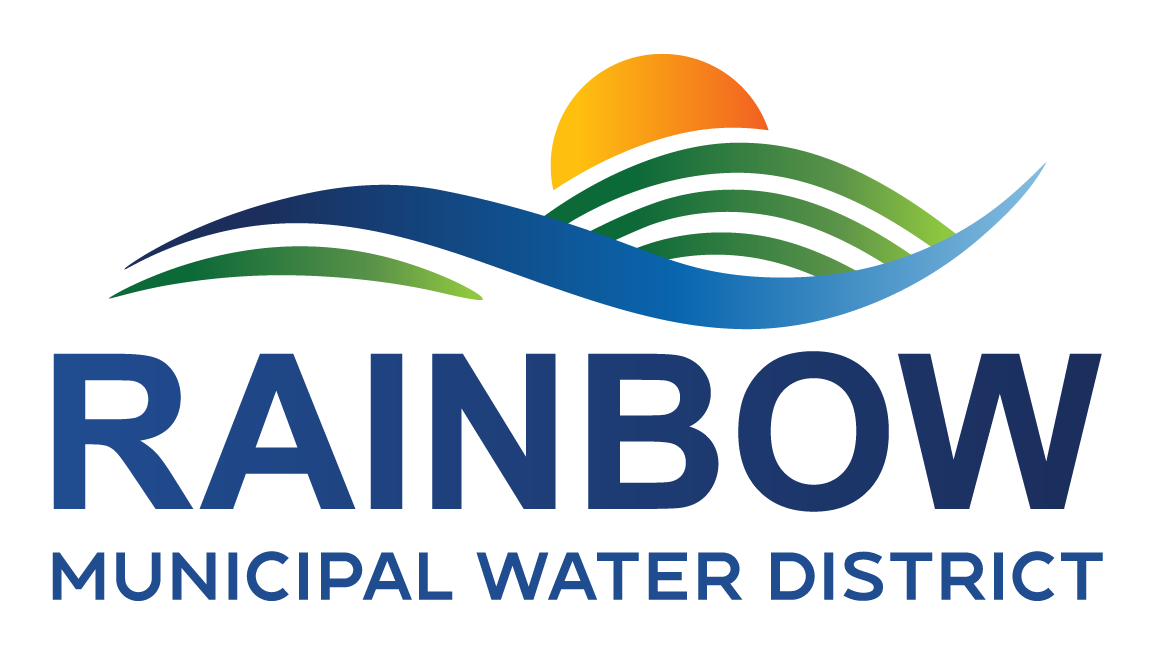Water and Sewer Capacity Fee
Raftelis Financial Consultants (RFC) was retained by the District to review and calculate the water and sewer capacity fees for the District. Below is a link to the report, the fee schedule for residential water and sewer capacity fees and some FAQs on capacity fees.
Rainbow MWD 2017 Capacity Fee ReportWater and Sewer Fees 2018.pdf
A critical part of the capacity fee calulation is to determine the actual market value of the District's assets. The District also retained Willdan Finacial Services (WFS) to complete an apprisal of the District. Below is a link of the Appraisal Report, which was adopted by the Board of Directors on February 28, 2017.
Rainbow MWD Appraisal Report 2016
What are capacity fees?
Capacity fees are one time charges to new development connecting to the District’s water system and sewer system.
Who does it impact?
Developers who do not currently have service with the District and are requesting service from the District. This does not affect current customers.
How are capacity fees calculated?
The District hired a reputable financial firm in capacity fees to review the District’s system and calculate capacity fees that are compliant with the requirements of Government Code 66000 and fairly charge new users for the services they will receive from the water and sewer system. Typically, capacity fees are based on one of three methods:
Buy In – Every water system has a great deal of infrastructure in place that was paid for by the existing customers of the District either through water rates or through capacity fees. When a developer wants to connect to the system, they need to “buy in” to the system at a fair rate. Buy in fees are generally calculated as the total value of the system’s assets and reserves (less debt) divided by the capacity of the system in Equivalent Dwelling Units (EDUs). This type of fee is generally used when a system is already fully built out and there is no significant expansion of the system needed to accommodate the new meters.
System Expansion - When a development has an impact that will require the system to be expanded in terms of capacity (new tanks, pump stations, pipelines, etc), the cost of that expansion must be borne by the developers so that existing ratepayers do not pay for the cost of the new facilities that otherwise would not be needed. These fees are generally calculated by taking the value of the expanded facilities and dividing that cost by the EDUs to be added to the system. For some very new or small systems, the expansion fee is the only fee.
Hybrid System - In many cases, a system has significant existing assets that need to be accounted for in the fee, but also has a need for expansion. When this condition is present, the capacity fee is generally calculated as a hybrid of both Buy In and Expansion costs, with each component calculated separately and then added up to create the fee per EDU.
The proposed water capacity fees are calculated using the buy in method to the current system, because our system is already built out to the point that no significant expansion is needed to serve the developments proposed. Note that the developer must still pay for all the local water lines in their development.
The proposed sewer capacity fees are calculated using the Hybrid method to account for our existing system as well as the considerable expansion of capacity (including treatment plant capacity at the San Luis Rey Plant) which is required to accommodate the development.
Why has it changed?
The District has not updated its capacity fees since 2009. It is best practice to review the District’s system and update capacity fees regularly. The financial firm started from scratch and calculated capacity fees for the District per industry standards.
